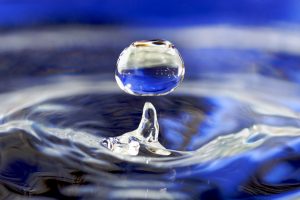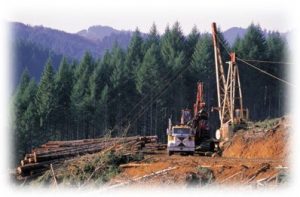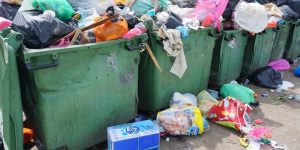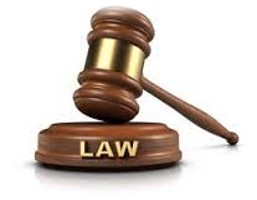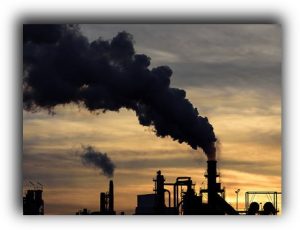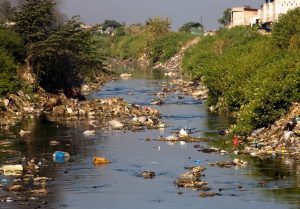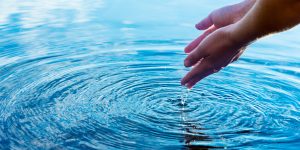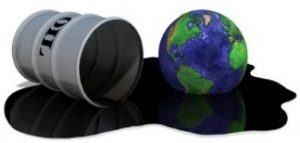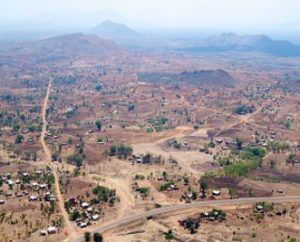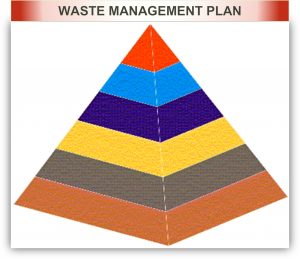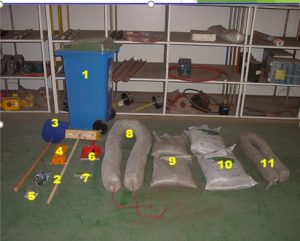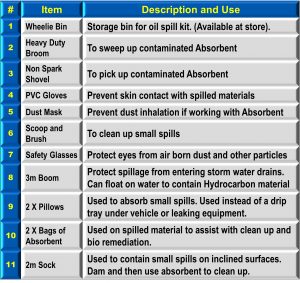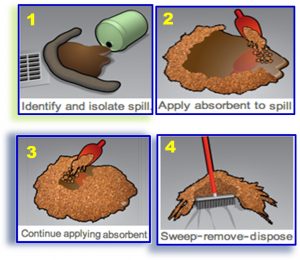Environment – Waste Management
Different Types of Waste and their Colour Codes:
“Garden Waste” – Waste generated from Domestic residences but may not include Sand, Stones or Building Rubble
“Domestic Waste” – Waste, excluding hazardous waste, that emanates from premises that are used mainly for residential, educational, health care, sport or recreation purposes.
“Hazardous Waste” – Waste that contains organic or inorganic elements or compounds that have a detrimental impact on health and the environment due to them being Toxic, Corrosive, Explosive, Flammable, Infectious or Radioactive.
“Industrial Waste” – Non hazardous waste generated from business operations.
“Scrap Metal Waste” – Metallic waste generated from business operations.

